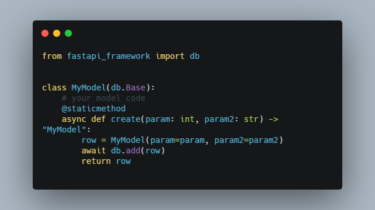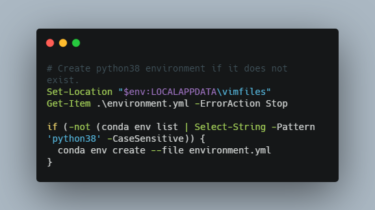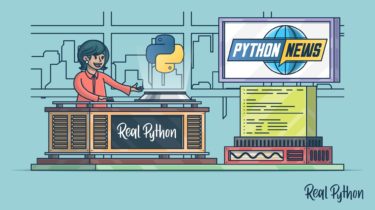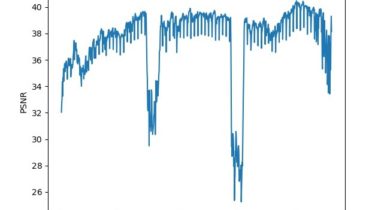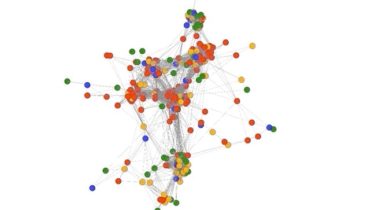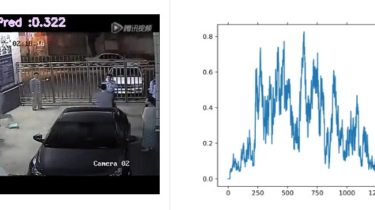A FastAPI Framework for things like Database, Redis, Logging and Rate Limits
fastapi-framework A FastAPI Framework for things like Database, Redis, Logging, JWT Authentication and Rate Limits You can install this Library with: pip install fastapi-framework For the Documentation click here ✅ Database ✅ Redis ✅ Redis Publish/Subscribe ✅ FastAPI JWT ❌ FastAPI Permission System (for routes) ✅ Rate Limits ✅ Config Parser GitHub https://github.com/Tert0/fastapi-framework
Read more